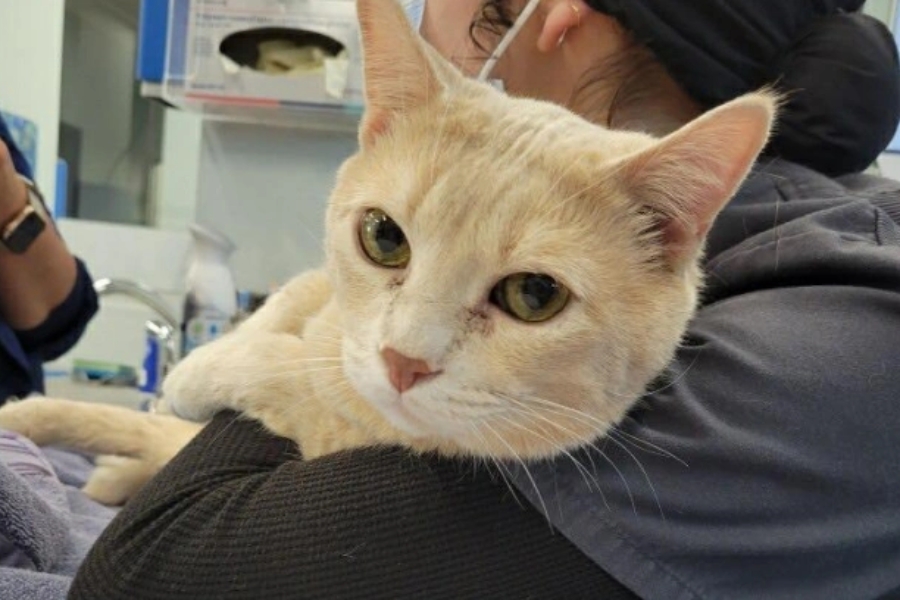
Why Timing Matters
Neutering (or spaying) your cat is an important step in responsible pet ownership. The timing can significantly affect your cat’s health, behavior, and long-term well-being. While the procedure can be performed at different ages, veterinarians generally recommend a window that balances safety and benefits.
Recommended Age Range: 8 Weeks to 6 Months
Healthy kittens can be neutered as early as 8 weeks old, but the most common recommendation is between 5 and 6 months of age, before they reach sexual maturity. This timing helps prevent unwanted behaviors and health issues while ensuring a smoother recovery.
Neutering Age Options
| Age Group | Details |
|---|---|
| 6–8 weeks (early) | Safe with proper veterinary protocols; often done in shelters to prevent early breeding. |
| 4–6 months (standard) | Ideal for preventing reproductive behaviors and health issues before they start. |
| 8–12 months (after first heat) | Still beneficial, though some undesirable behaviors may have developed. |
| Adult cats | Can be neutered at any age, though older cats may require additional pre-surgical evaluation. |
Why 5–6 Months Is Often Ideal
- Prevents behaviors like spraying, roaming, and mating.
- Reduces the risk of reproductive cancers and infections.
- Easier post-surgical recovery with fewer complications.
- Avoids accidental litters, reducing shelter overpopulation.
Benefits of Neutering Your Cat
- Behavioral Improvement: Reduces aggression, territorial spraying, and roaming.
- Health Benefits: Lowers risk of certain cancers, uterine infections, and reproductive diseases.
- Population Control: Helps reduce the number of unwanted kittens in shelters.
Adult Cat Neutering
If your cat wasn’t neutered as a kitten, it’s never too late. Adult cats can still benefit from the procedure, though they may need extra care during recovery and a thorough health check beforehand.
Final Thoughts
The best age to neuter a cat is generally between 5 and 6 months, though it can be safely done earlier or later depending on your cat’s circumstances. Discuss with your veterinarian to determine the optimal time based on your cat’s health, lifestyle, and needs.